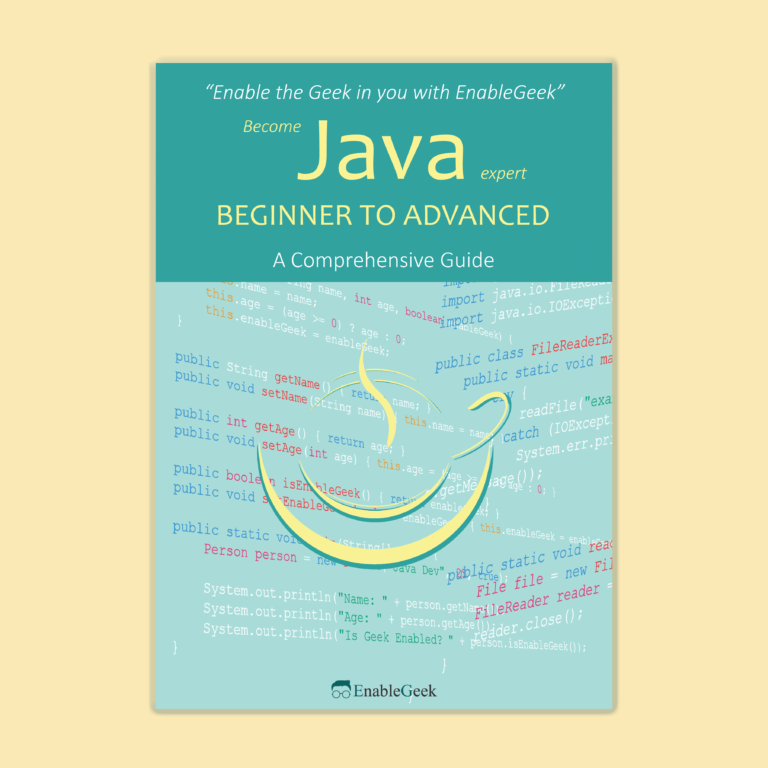Dynamic routing is a networking technique in which routers are programmed to automatically adjust their routing tables based on changes in the network topology. One common dynamic routing protocol is the Routing Information Protocol (RIP), which is widely used in small and medium-sized networks. RIP operates by exchanging routing information among routers at regular intervals, with each router sharing information about its connected networks and the distance to each destination. This information is used to calculate the most efficient path for data to travel from one network to another. One of the benefits of using dynamic routing protocols like RIP is that they can adapt to changes in the network topology, such as the addition or removal of routers or networks, without requiring manual updates to the routing tables. However, it is important to properly configure and monitor dynamic routing protocols to ensure they are functioning correctly and not introducing vulnerabilities or performance issues in the network.
Definition of dynamic routing protocols
Routing protocols are used to enable routers to exchange routing information and to learn about remotely connected networks dynamically. This information is then entered into their routing tables and used to forward packets.
Dynamic routing is a low-maintenance method that reconfigures routing tables automatically as your network changes.
Interior Gateway Protocols(IGPs) enable dynamic routing. Most Internet Operating Systems use the Routing Information Protocol (RIP) and the Open Shortest Path First (OSPF) protocols as IGPs.
Routing Information Protocol
Routing Information Protocol (RIP) is a routing protocol that is commonly used in small to medium TCP/IP networks. It is a reliable protocol that calculates routes using a distance-vector algorithm.
Prerequisites for RIP
You must configure the ip routing command before you configure RIP.
Take your coding skills to the next level with our comprehensive guides, “Python Beginner to Advanced” and “Java Beginner to Advanced.” Whether you’re diving into Python or mastering Java, these books provide step-by-step guidance and in-depth knowledge to elevate your programming expertise.
Restrictions for RIP
The Hop Count metric is used by the Routing Information Protocol (RIP) to rate the value of different routes. The hop count is the number of devices that can be passed through in a route. A network that is directly connected has a metric of zero; an unreachable network has a metric of 16. Because of its limited metric range, RIP is unsuitable for large networks.
Before we go any further, let’s take a quick look at how RIP works.
To exchange routing information, the Routing Information Protocol (RIP) employs broadcast UDP data packets. Cisco software sends updates to routing information every 30 seconds, which is known as advertising. If a device does not receive an update from another device for 180 seconds or more, the receiving device marks the non-updating device's routes as unusable. If no update is received after 240 seconds, the device deletes all routing table entries for the non-updating device.
A RIP-enabled device can receive a default network via an update from another RIP-enabled device, or the device can source the default network using RIP. In both cases, the default network is advertised to other RIP neighbors via RIP.
RIP Version 2 (RIPv2) authentication, route summarization, classless interdomain routing (CIDR), and variable-length subnet masks(VLSMs) are all supported by the Cisco implementation.
In simple words, each RIP router keeps a routing table, which is a list of all the destinations that the router can reach. Every 30 seconds, each router broadcasts its entire routing table to its closest neighbors. Neighbors in this context are other routers to which a router is directly connected – that is, other routers on the same network segments as the selected router. The information is then passed on to the neighbors' nearest neighbors, and so on, until all RIP hosts in the network are aware of the same routing paths. This shared knowledge is known as convergence.
If a router receives a route update and the new path is shorter, it will update its table entry with the shorter path’s length and next-hop address. If the new path is longer, it will wait for a “hold-down” period to see if subsequent updates also reflect the higher value. The table entry will only be updated if the new, longer path is determined to be stable.
When a router fails or a network connection is lost, the network learns about it because it stops sending updates to its neighbors or receiving updates along the severed connection. If a given route in the routing table isn’t updated for six consecutive update cycles (180 seconds), a RIP router will drop that route and notify the rest of the network via its own periodic updates.
The detailed operation of RIP is shown below.
1
2
3
4
So, how does this affect Gryffindor Tower Network?
We no longer need to maintain static routes for all indirectly connected routers after implementing RIP across all networks. Instead, we can delegate route maintenance to the routers, making our lives much easier.
How do we set up RIP?
It is extremely simple to configure RIP on a router. You enter the router’s config mode, and then the router rip configuration. When you add new networks, the router turns on RIP. When you exit command mode, remember to save your changes with the write memory command.
router1#config t
router1(config)#router rip
router1(config-router)#network 192.168.1.0
router1(config-router)#network 192.168.2.0
router1(config-router)#exit
router1(config)#exit
router1#write memoryThe third and fourth lines add these networks to the routeing table as networks for which this router will route.
In the next tutorial, We will implement RIP using Cisco Packet Tracer.



